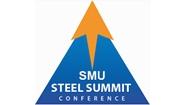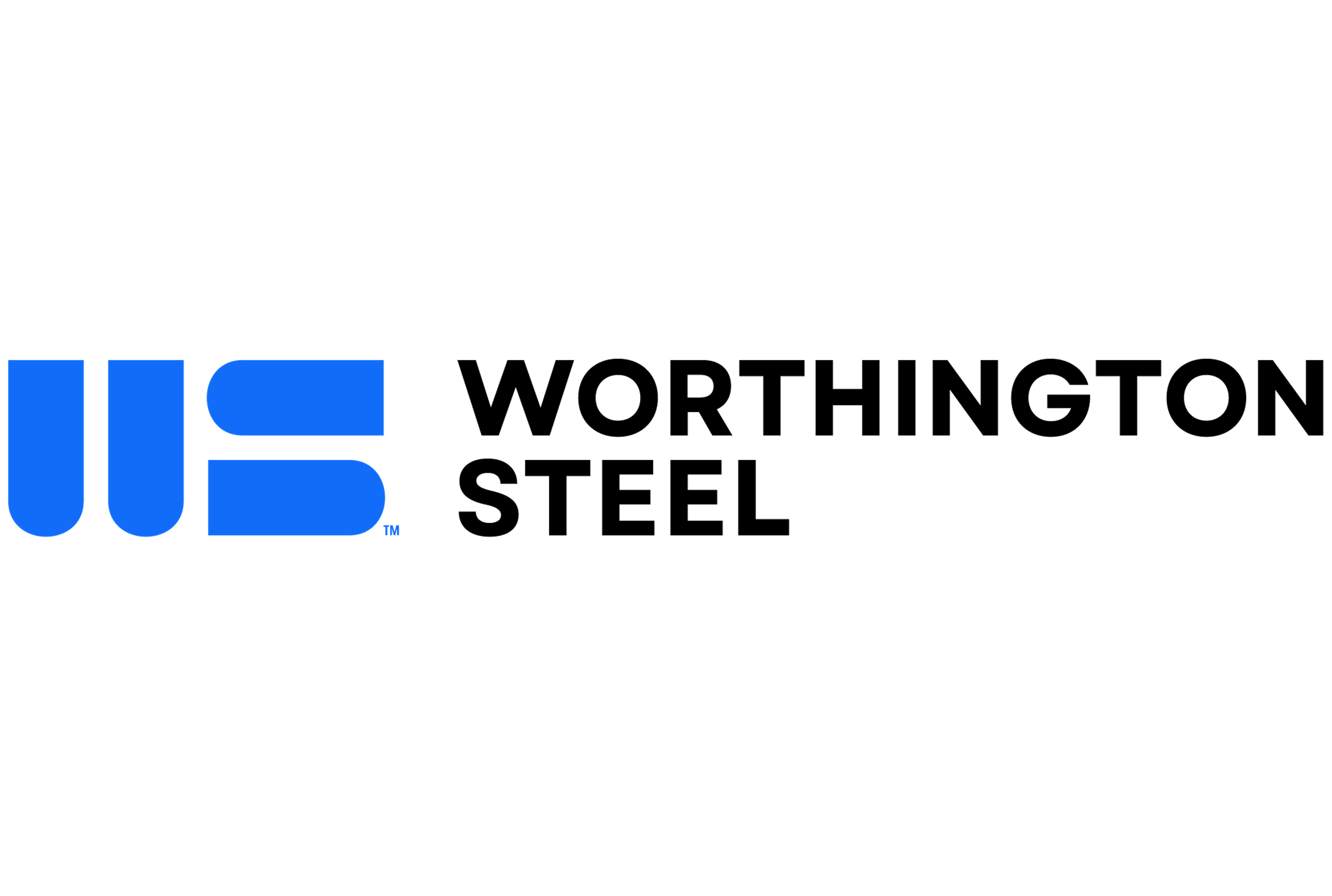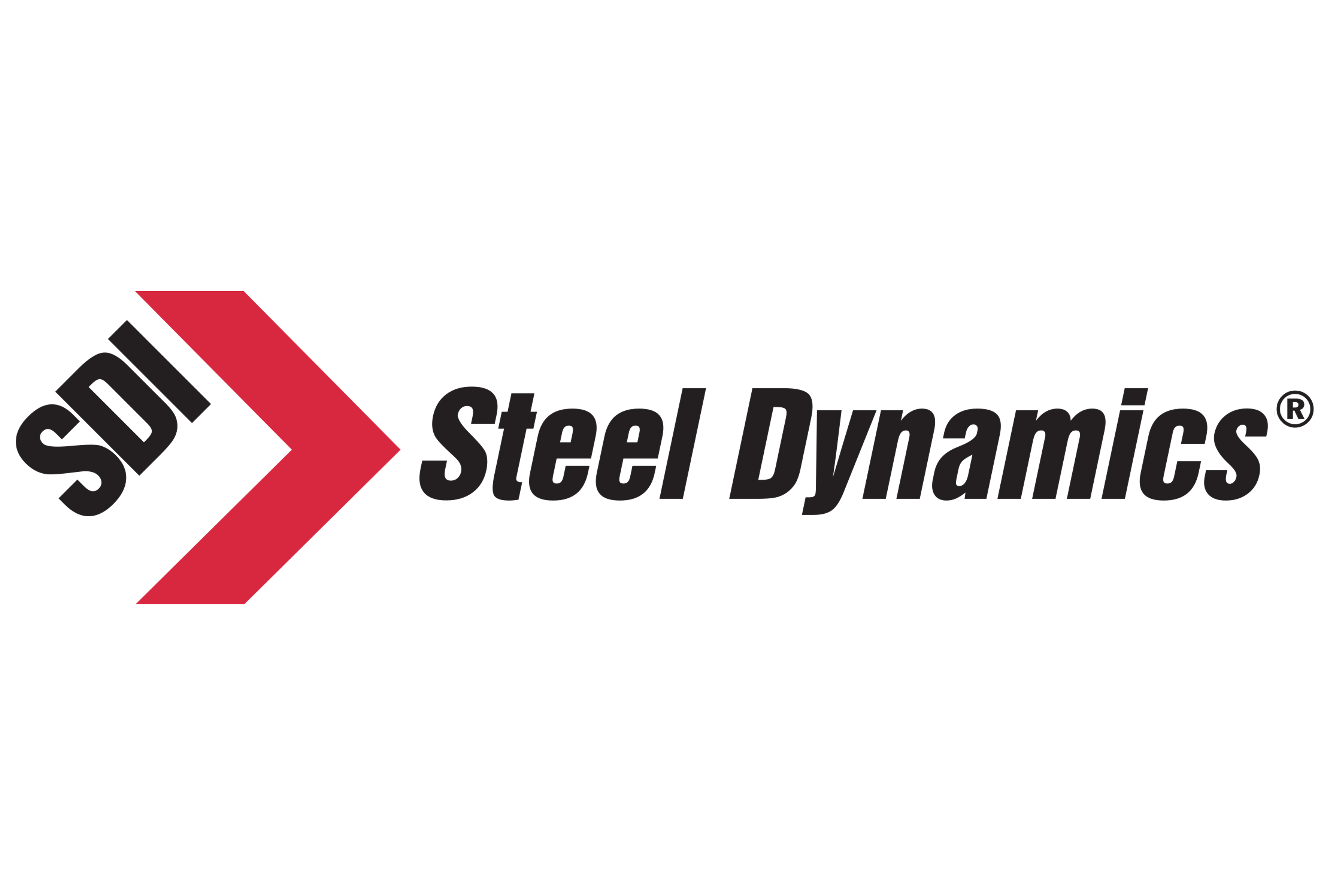Product

February 15, 2018
SMU Steel Summit Presenter Anton Predicts Prices Down by Summer
Written by Tim Triplett
Steel prices have been on an upward trajectory since October, but are likely to change direction by this summer, predicts John Anton, director of steel analytics for IHS Markit. Anton is scheduled to make another appearance as a panelist at Steel Market Update’s premier event, the 2018 Steel Summit Conference, set for Aug. 27-29 at the Georgia International Convention Center in Atlanta.
 “Prices by August will have retreated by quite a bit, for several reasons,” Anton told SMU. First, the premium of steel prices over input costs, particularly for ore-based steel, is extremely wide. The last time steel prices were this high, iron ore was trading at $150 per ton; today it is selling at half that amount. “Ore is overpriced and should face downward pressure,” Anton said. ‘Iron ore should go down from here, and that argues for a lower steel price.” The price of coal is also trending downward.
“Prices by August will have retreated by quite a bit, for several reasons,” Anton told SMU. First, the premium of steel prices over input costs, particularly for ore-based steel, is extremely wide. The last time steel prices were this high, iron ore was trading at $150 per ton; today it is selling at half that amount. “Ore is overpriced and should face downward pressure,” Anton said. ‘Iron ore should go down from here, and that argues for a lower steel price.” The price of coal is also trending downward.
Anton also believes the current steel prices will prompt mills to add production. “I look at idled capacity around the world and believe there will be a supply response to the high steel prices.”
Globally, steel demand is good, but not good enough to absorb a big bump in supply. Demand in Europe is stronger than expected, but China and the U.S. may not meet their high expectations this year, he said.
China accounts for about half the world’s steel production. What happens in China will impact the rest of the world. Much depends on the stimulus package the Chinese government initiates this year. “We believe Chinese buyers have overpaid for iron ore, rebar and flat steel in anticipation of a stimulus package being announced in March or April,” Anton said. IHS Markit does not believe that China will stimulate. If the government does not implement a stimulus, or it is more modest than the market predicted, Chinese steel prices could see a correction. Chinese steel prices have already been slipping since December.
In the United States, it’s questionable how much the infrastructure program just announced by the Trump administration will stimulate the economy. The president has proposed just $20 billion in additional federal spending each year for the next decade, relying on state and local governments and private investors to fund the bulk of the much-needed road and bridge improvements. “There may be something [in terms of infrastructure], but it won’t be enough the move the needle,” Anton said.
Assuming there are no unexpected events, such as bad weather that interrupts ore shipments from Australia or no stimulus in China, prices in Europe should start to decline in May, with prices in the U.S. following suit in June or July, Anton predicts.
He expects President Trump’s long-awaited decision on Section 232 to be a nonevent for the market and the already-high steel prices. “My forecast presumes 232 is a token. The president is not going to do nothing, but as far as something that is actually impactful, I do not have 232 in my forecast.”
Steel summit attendees will have an opporunity to speak to Mr. Anton about his forecast for summer 2018 steel pricing. John Anton will join Timna Tanners, Bank of America Merrill Lynch mining and steel analyst, on a panel where they will forecast steel and commodity prices for 2019. This will be the eighth time the popular duo has graced our conference. You can find more information about this year’s conference on our website: www.SteelMarketUpdate.com/events/steel-summit or you are welcome to contact us at info@SteelMarketUpdate.com.







